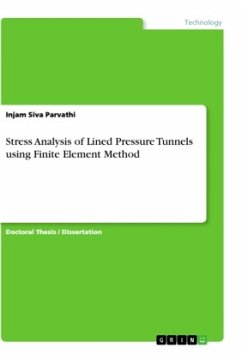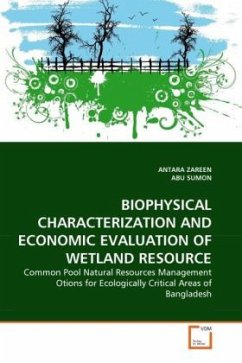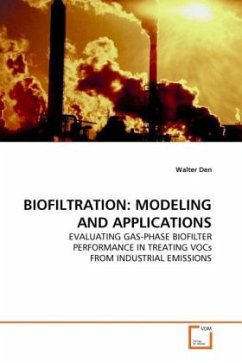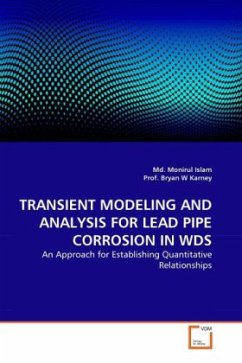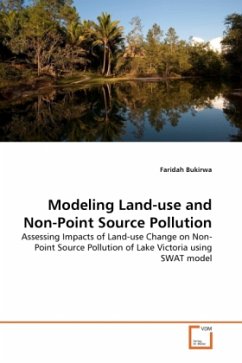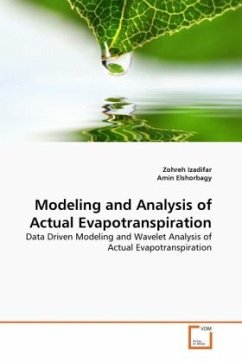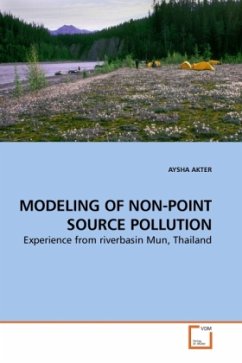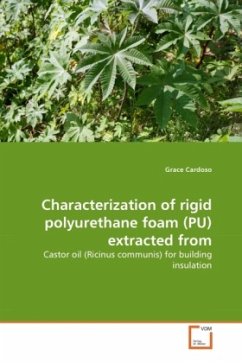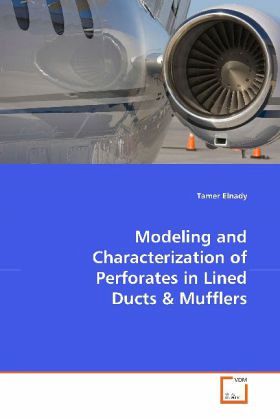
Modeling and Characterization of Perforates in Lined Ducts
Versandkostenfrei!
Versandfertig in 6-10 Tagen
52,99 €
inkl. MwSt.

PAYBACK Punkte
26 °P sammeln!
Increased national and international travel over thelast decades has caused an increase inthe global number of passengers using different meansof transportation. Great effort isbeing directed to improving the noisy environment inthe residential community. There is also a strongcompetition between different manufacturers to maketheir products quieter. Many recent studies on noisereduction involve the use of perforated plates in theair and gas flow ducting connected to the engine.This book deals with the modeling of perforates as anabsorbent. Liners have to be carefully tailored inorder to achie...
Increased national and international travel over the
last decades has caused an increase in
the global number of passengers using different means
of transportation. Great effort is
being directed to improving the noisy environment in
the residential community. There is also a strong
competition between different manufacturers to make
their products quieter. Many recent studies on noise
reduction involve the use of perforated plates in the
air and gas flow ducting connected to the engine.
This book deals with the modeling of perforates as an
absorbent. Liners have to be carefully tailored in
order to achieve the most efficient attenuation. This
book fills some gaps in the impedance modeling of
perforated liners. It also concentrates on those
complicated situations of sound propagation in ducts
that were solved earlier using Finite Element
Methods. Alternate analytical solutions to
these problems are developed here, which gives more
physical insight into the results.
last decades has caused an increase in
the global number of passengers using different means
of transportation. Great effort is
being directed to improving the noisy environment in
the residential community. There is also a strong
competition between different manufacturers to make
their products quieter. Many recent studies on noise
reduction involve the use of perforated plates in the
air and gas flow ducting connected to the engine.
This book deals with the modeling of perforates as an
absorbent. Liners have to be carefully tailored in
order to achieve the most efficient attenuation. This
book fills some gaps in the impedance modeling of
perforated liners. It also concentrates on those
complicated situations of sound propagation in ducts
that were solved earlier using Finite Element
Methods. Alternate analytical solutions to
these problems are developed here, which gives more
physical insight into the results.



